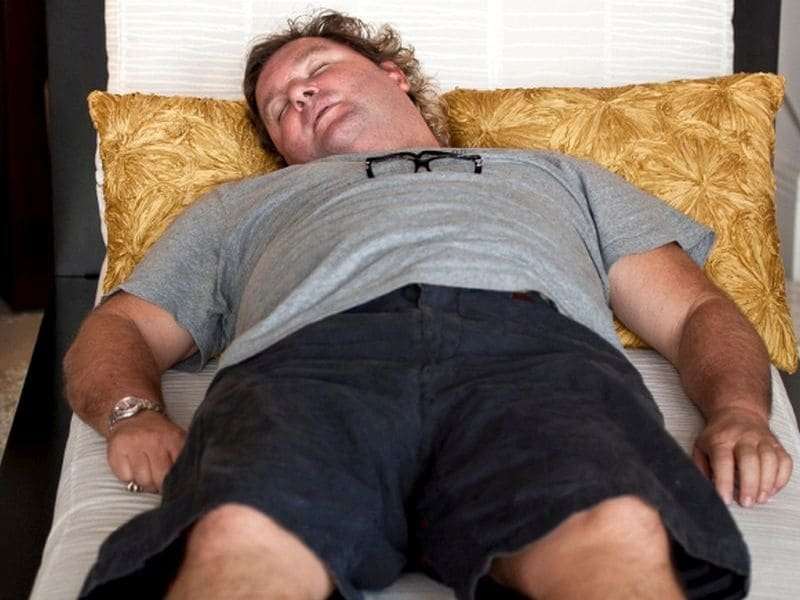Monitoring movement reflects efficacy of mandibular splint

(HealthDay)—For individuals with obstructive sleep apnea (OSA) treated with an optimally titrated mandibular advancement splint, normalization of the respiratory effort index derived from vertical mandibular movements (MM-REI) reflects the efficacy of the appliance, according to a study published online Nov. 6 in Chest.
Jean-Benoit Martinot, M.D., from the CHU UCL Namur Site Sainte-Elisabeth in Belgium, and colleagues examined the effectiveness of mandibular advancement splint therapy using MM-REI compared with the apnea-hypopnea index (AHI) and oxygen desaturation index (ODI). Fifty-six participants with OSA were treated with a custom mandibular splint. Participants were evaluated at the end of the titration procedure when snoring was reported as absent by the sleep partner.
The researchers found that all indices of OSA severity were decreased at the end of titration versus baseline: −48.9 to −71.1 percent; ODI, −49.5 to −77.2 percent; the largest responses were seen for the obstructive hypopnea index (−70.6 to −88.5 percent) and MM-REI (−69.5 to −96.3 percent). The efficacy of the appliance was accurately reflected by MM-REI normalization via reductions in both mandibular movement event rate and duration.
"Analysis of mandibular movements provides useful information about the effects of oral appliance therapy titration once snoring in subjects with mild-to-moderate OSA is reported absent," the authors write.
More information: Abstract/Full Text (subscription or payment may be required)
Copyright © 2018 HealthDay. All rights reserved.


















